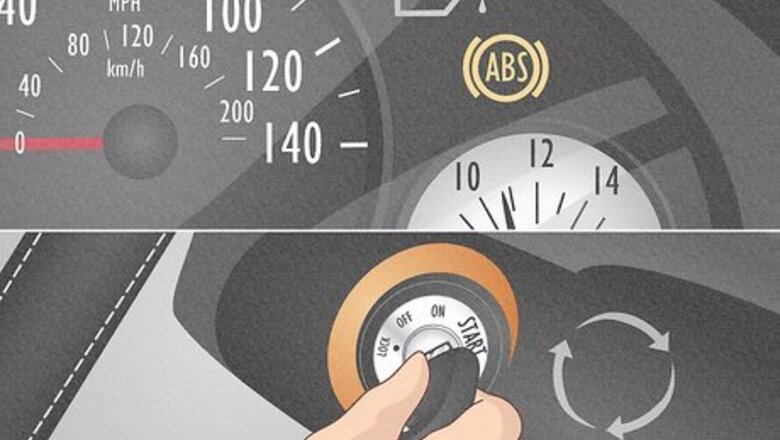
views
- Restart your vehicle to see if rebooting the computer fixes a simple glitch and causes the light to go out.
- Check the fuse panel for a bad ABS fuse and replace it as needed. Also, check the brake fluid level and add more if necessary.
- Jack up your vehicle, remove each tire, and clean each ABS sensor if you have the time, tools, and mechanical skills.
- Plug an OBD-II scanner into your vehicle and run diagnostics to identify—and potentially fix—the cause of your ABS issues.
Resetting the Vehicle’s Computer System

Restart the vehicle to see if the issue is just a temporary glitch. The ABS light always comes on for a few seconds when you start up a vehicle, and, if you’re lucky, a simple computer blip has caused it to stay on. If so, shutting off the vehicle and starting it up again may be all you need to turn off the light. It’s basically the vehicle equivalent of rebooting your laptop or phone when they’re causing trouble. If the light goes off a few seconds after the second startup, you were just dealing with a simple glitch that’s now resolved. If the light doesn’t turn off, it’s probably not a simple glitch. Keep reading for repair options for other common ABS problems.
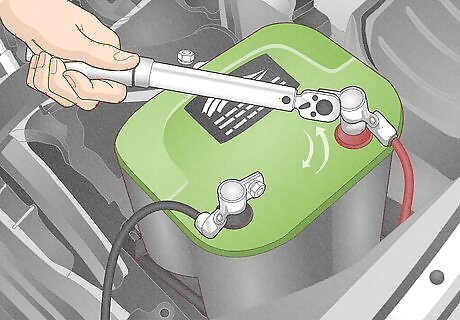
Disconnect and reconnect the positive battery cable. With the vehicle off, pop the hood and locate your battery. Use a socket wrench to loosen the nut securing the cable to the positive (+) battery terminal. Disconnect the battery cable and set it aside so it can’t touch the battery. Wait 15-30 minutes to allow the computer (ECU—Engine Control Unit) to reset. Reconnect the battery cable, secure the nut, close the hood, and start the vehicle. This is a more advanced way to reboot the engine’s computer system, as opposed to simply restarting the vehicle. Try it if the simpler method doesn’t do the trick. For safety, wear work gloves and eye protection when working on your vehicle’s battery.
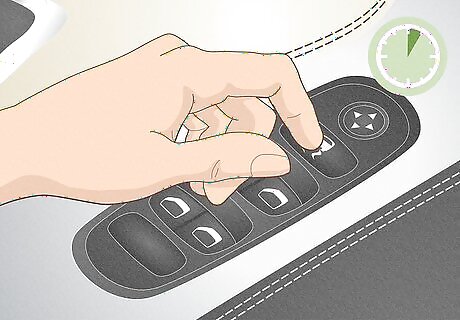
Use a vehicle-specific reboot procedure. Along with the reboot methods already mentioned, automakers including Toyota, GM, Ford/Lincoln, Hyundai/Kia, Honda/Acura, Volkswagen/Audi, and Tesla have unique processes for resetting traction control (TCS) and/or ABS (which are often combined). Check your owner’s manual or contact the automaker for instructions. Here are a couple of examples: Toyota: With the engine on and the vehicle in park, press the “VSC” button for 5 seconds until the “TRAC OFF” and “VSC OFF” lights come on. Press the “VSC” button again. GM: Turn the key to the “on” position without starting the engine, tap the gas pedal three times in rapid succession, then start the engine.
DIY ABS Repairs
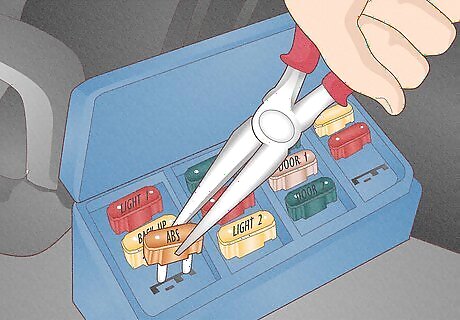
Check the ABS fuse and replace it if needed. To check and replace a vehicle fuse, start by shutting off your vehicle and removing the key from the ignition. Then do the following: Check your owner’s manual to locate the fuse box. Remove the fuse box cover. Consult the diagram on the inside of the cover to pinpoint the ABS fuse. Use fuse pullers or tweezers to remove the ABS fuse. If it has visible damage or discoloration, it definitely needs replaced. (Even if it looks fine, it may be worthwhile to replace it at this point just to be sure.) Take the old fuse to an auto parts store and get a matching replacement that’s the same color and has the same amperage. Note: So long as your brakes are functioning properly (e.g., only your ABS light and not your brake warning light is on), it’s generally safe to drive your vehicle a short distance without ABS or the ABS fuse. However, your vehicle will be more prone to skidding when you brake, especially in slippery conditions. With the engine off and the key removed, install the new fuse by pressing it with your finger until it pops into place. If the ABS light goes off after startup, you’ve solved the problem.
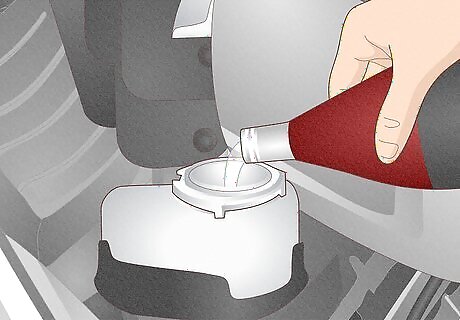
Check the brake fluid level and add more if needed. If it feels “spongy” or “squishy” when you press on the brake pedal, you probably have a low brake fluid level—which can trigger the ABS light in some vehicles. Here’s how to check and refill your brake fluid: Park on a level surface, turn off the engine, and pop the hood. Locate the brake fluid reservoir (usually on the driver’s side near the back of the engine bay), then wipe any dirt and grease off of the top of the reservoir’s cap. Remove the cap and inspect the fluid level. If it’s below the “min” line, it needs more fluid. Check your owner’s manual to determine which type of brake fluid you need—most vehicles use DOT 3 or DOT 4 rather than DOT 5. Carefully pour in brake fluid until it reaches the “max” line. Don’t overfill the reservoir. Seal the cap, close the hood, and check to see if the ABS light goes out. Strongly consider getting your car checked out to determine why you’re losing brake fluid.

Clean the ABS sensors on all four wheels. It may be a bit of a stretch to call this a “quick fix,” since you have to jack up the vehicle and remove the tires. But it is doable in around an hour if you have moderate or higher DIY car repair skills. If you feel confident in your ability to do the job yourself, here’s a quick rundown on cleaning ABS sensors: Safely jack up one of the wheels and remove the tire. Find the ABS sensor on the wheel hub—use your owner’s manual and online searches to determine the location and appearance of the sensor for your particular vehicle. Carefully pull the sensor out of its position in the wheel hub. Spray compressed air into the newly-exposed opening in the hub to knock out any debris. Wipe any dirt or debris off of the sensor with a clean microfiber cloth—do not use any water or cleaning products. Secure the sensor back in place, put the tire back on, and lower the vehicle. Repeat the process with the other 3 wheels and sensors.
Reading the ABS Light Code

Attach an OBD-II scanner to the vehicle’s DLC port. The DLC is a 16-pin port usually located beneath and to the door side of the steering wheel (but check your owner’s manual to be sure). Turn your key to “on” but don’t start the engine, then connect your OBD-II scanner to the DLC port. Follow the specific instructions for your OBD-II scanner. OBD-II scanners vary greatly in price. While the least expensive models can give you diagnostic codes to help pinpoint ABS problems, more advanced (and expensive) models can often repair and reset computer- or sensor-related ABS issues. Check the capabilities of different scanners before making the purchase that best suits your needs. You may be able to borrow or rent an OBD-II scanner from an auto parts retailer. Vehicles manufactured before 1996 may require an OBD-I scanner. The diagnostic codes aren’t standardized with OBD-I like they are with OBD-II, so it’s best to let a professional mechanic do the job.

Run a diagnostic based on your scanner’s specifications. Some scanners automatically begin the diagnostic process, while others require manual inputs on your part. In the latter case, scroll through (or search) the menu to find ABS diagnostics. Once selected the scanner will quickly run the diagnostics. Depending on your scanner, you’ll see one of the following: An OBD code containing 5 letters and numbers (like C0221). Search online (e.g., “OBD-II code C0221”) to interpret the code and get a description of the problem. An OBD code plus a description of the problem. NOTE: Many, but not all, ABS error codes begin with C0, such as C0110 (Pump Motor Circuit Malfunction) and C0128 (Low Brake Fluid Circuit Low).
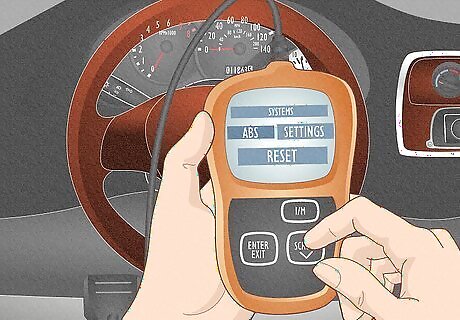
Try resolving the ABS issue if you have an advanced scanner. If your scanner has “reset” features it may be able to resolve ABS problems related to issues like mis-calibrated wheel sensors. Follow the instructions on the scanner’s screen (and manual, if needed) to perform the reset and repair the issue. Disconnect the scanner and start up the vehicle to confirm that the ABS problem has been resolved.
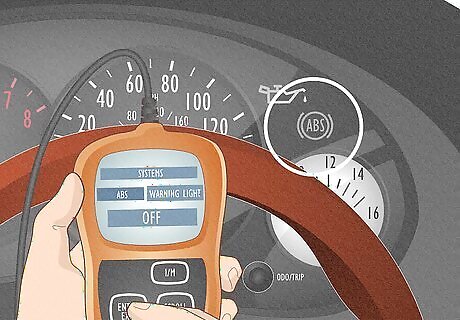
Shut off the ABS light temporarily, if desired. Even if your scanner is unable to resolve the ABS problem, you can almost certainly use it to shut off that pesky ABS light on the dashboard. Use the screen menu and/or product manual to find the settings that let you turn off certain illuminated warning lights for a set period of time. But keep in mind that simply turning off the light does not do anything to fix the underlying problem!
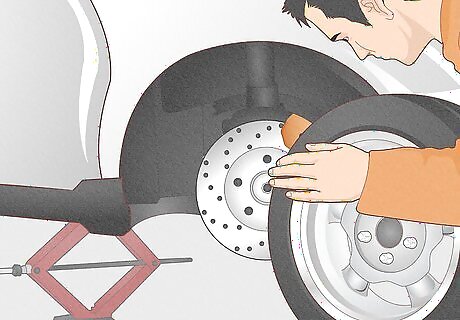
Take your vehicle in for repairs as needed. If you have a fair amount of experience working on vehicles, you may be able to use the OBD-II scan results to conduct repairs yourself on issues like bad wiring or a bad ABS module. But, if you’d rather let the pros do the work, jot down any OBD codes or diagnostic descriptions your scanner provided. Use this info to let the mechanic know you have some idea of what’s wrong and what needs to be done to fix it. Don’t overestimate your vehicle repair capabilities. You can cause a lot of expensive damage if you don’t know what you’re doing, and ill-informed repairs on areas like your brakes can be dangerous.
Can I just ignore it and drive without ABS?
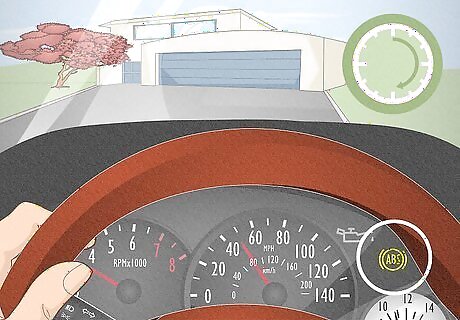
You can drive without ABS for a short time if necessary. It’s true that some drivers, including even a few repair experts, say it’s fine to drive without ABS. After all, they’ll say, it’s only been required in the U.S. since 2012, meaning there are millions of vehicles without ABS on the road. But it’s simply not worth the risk to drive more than a short distance (such as to go to a garage for repairs) with a faulty ABS system—here are just a few of the reasons why: Modern vehicles are designed to operate with ABS. ABS is a key safety feature, and driving without it will reduce the performance and safety of your vehicle. Just like with ABS, there are still vintage vehicles on the road without seat belts—but that doesn’t mean you should drive without your seat belt on! While the ABS system operates independently of your braking system, you could have problems with both systems at once. Definitely don’t drive the vehicle at all if both the ABS and brake warning lights are on. Your brakes will be more susceptible to locking up and causing you to skid, especially in wet or icy conditions. Some ABS malfunctions may cause the system to drain your battery even when the ABS is inoperable. If you absolutely must drive more than a short distance with the ABS light on, pull the ABS fuse in the panel to cut its power supply.




















Comments
0 comment